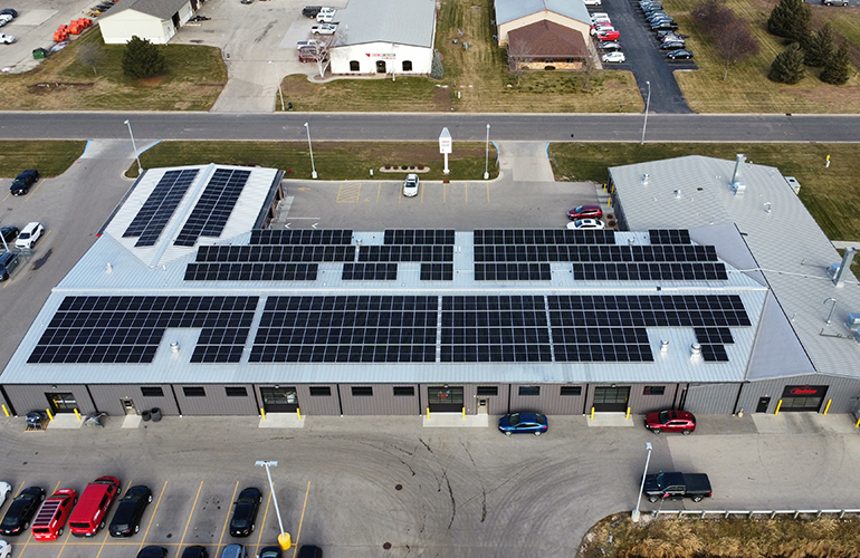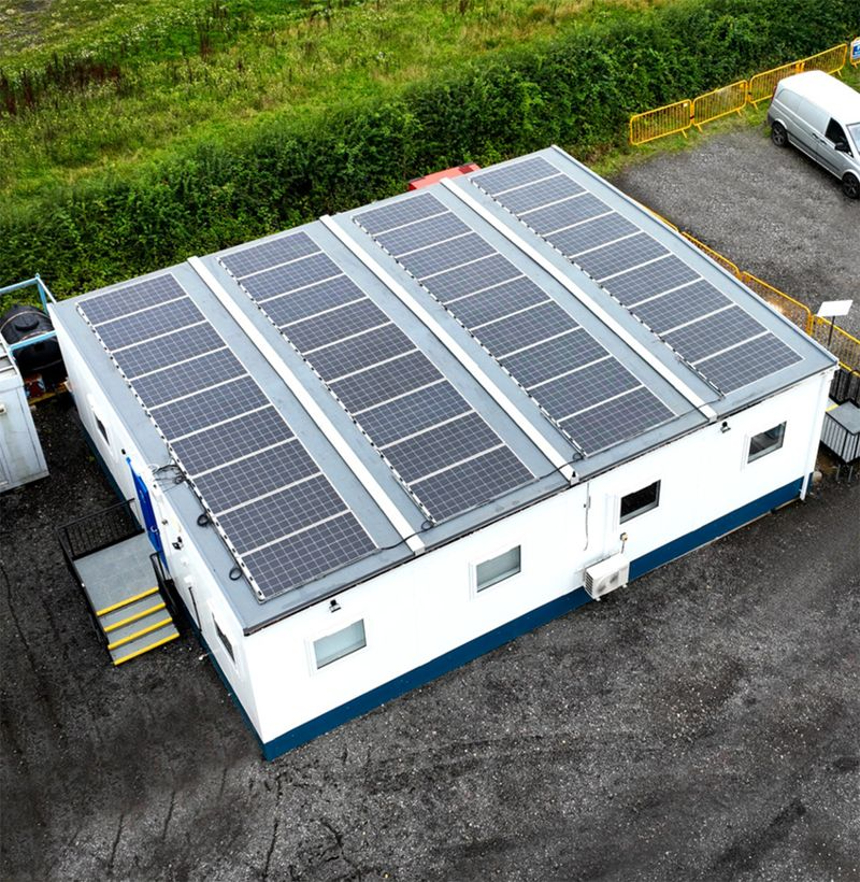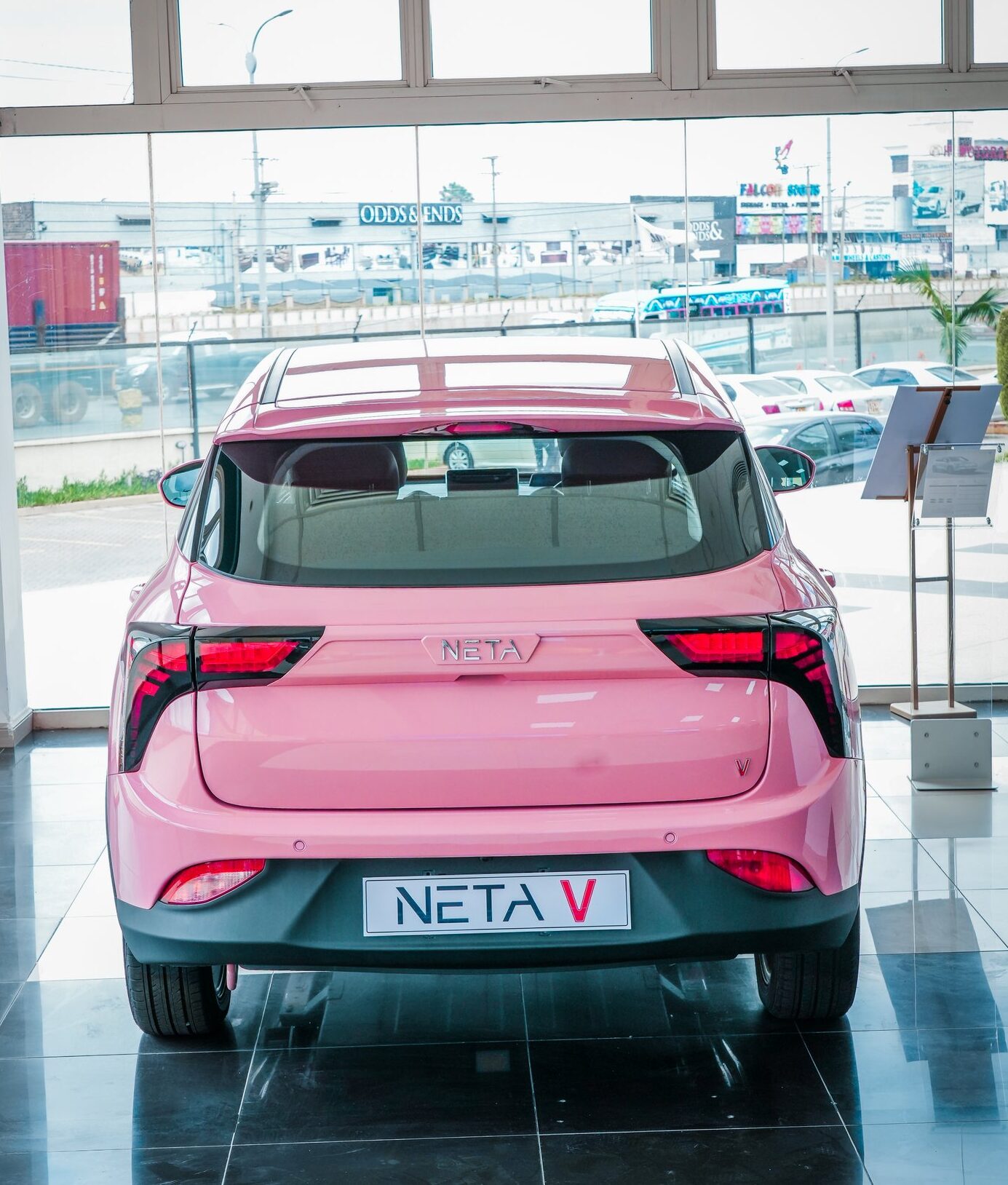Sign up for daily news updates from CleanTechnica on email. Or follow us on Google News!
Say rooftop solar and most people assume you are talking about putting solar panels on the roof of a private home. But there are thousands of acres of rooftops on commercial buildings and above parking lots that are just perfect for solar energy systems. The beauty part is that using those roofs to generate solar power turns the owners of those properties into prosumers — people who both produce and consume their own locally generated electricity. Part of the reason the idea is becoming more popular is because it allows commercial customers to predict with a high degree of accuracy precisely what electricity will cost them for decades to come. In addition, the cost of solar continues to fall, while state and local incentives often provide a sweetener.
Three examples found their way into the CleanTechnica mailbag this week. The first involves a new program by the state of Maryland, which announced this week the window for applications to its Solar Canopy and Dual Use Technology Grant Program is now open for calendar year 2024. The program provides funding for the installation of solar power systems on parking garages and lots. It is designed to maximize the benefits of solar power available to owners of parking areas, turning them into producers of electricity while also providing shelter from adverse weather. The agency anticipates fiscal-year 2025 program funding will total up to $4.8 million.
“Parking garages and lots across Maryland hold untapped potential to be major contributors to our energy production formula, and this program helps their owners realize their full potential as sources of clean energy,” said Maryland Energy Administration Director Paul G. Pinsky. “For Maryland to achieve its clean energy goals, we must find new and creative ways to maximize our production of renewable energy, and this program does exactly that.”
Applications for the funding will be accepted through Wednesday, October 23, 2024. The program provides grants to support the installation of solar photovoltaic systems on parking lots and parking garages. The agency also will consider applications for projects demonstrating other dual uses, such as installing solar to power microgrids that bolster critical infrastructure. For example, solar canopy microgrids that support more than one critical community businesses — like a grocery store, hardware store, pharmacy, or gas station — can receive an added incentive.
Businesses, public universities, nonprofit educational institutions, local governments, and Maryland state agencies are eligible for the competitive, statewide program. Grants of up to $400,000 are offered for projects that install new solar canopies, and grants up to $550,000 are available for solar canopies that provide power to microgrids that support critical infrastructure.
Rooftop Solar In Wisconsin

The second item brought to our door by Pony Express this week is news about Holiday Ford in Fond du Lac, Wisconsin. It recently installed several solar arrays on its properties, including the Holiday Ford Building and Collision Center, as well as an EV charging site. Lots of Ford dealers are crying into their beer about the high cost of installing EV chargers, but Holiday Ford has seen the financial benefits of doing so and gotten the job done.
It partnered with Arch Solar in Plymouth, Wisconsin, who installed a 460-panel solar array on the roof of the dealership and another 496-panel solar array on Holiday Collision and Glass Center. The two systems combined can produce up to 469 kW of electricity, enough to supply about 50% of the electricity used by both buildings. The solar portfolio uses bifacial panels tilted at a 23° angle. Bifacial solar panels produce energy from the side facing the sky and the underside, enhancing winter production when the sun reflects off the snow underneath the panels.
“As we add more electric vehicle charging stations at Holiday, we feel it’s important to offset a significant portion of the electricity that we use as a company. We’ve got a lot of rooftop space. As electric vehicle adoption continues to increase, it just makes sense to use some of that space for solar power,” said Michael Shannon Jr., president and CEO of Holiday Automotive.
Thin-Film Solar In The UK

Down at the bottom of our mailbag this week, we found an announcement from Solivus, a UK company that specializes in thin-film solar panels. The press release from the company pointed out that some roofs are not able to handle the weight of a conventional rooftop solar installation. In those cases, the much lighter weight of thin-film solar panels may be just what the doctor ordered to get the job done.
Astute Electronics, a global procurement and supply chain company, is based in the UK but has offices all around the world. To meet its progressive sustainability program, it decided to leverage the significant clean energy generation opportunity afforded by the 1,524 square meter (16,000 sq ft) roof on its warehouse in Hertfordshire, UK. However, previous surveys had shown the standard sheet metal roof on the warehouse was not structurally able to support the weight of conventional solar panels.
Solivus had the answer — its ultra-lightweight commercial solar system. Leveraging the latest advances in technology, Solivus’ rooftop solar solutions are a fraction of the weight of conventional panels, which avoids structural issues, planning restriction challenges, and compromised aesthetics. It also affords more universal applications for attaching the panels, which helps to alleviate the challenges associated with installing rigid conventional solar panels on the corrugated roofs found on most warehouses. The Solivus system eliminates the need to penetrate the roof to install the panels.
Working in close partnership with Astute’s team, Solivus was able to deliver a simple, fast, and complete end-to-end solution from system design and planning through to finance, installation, and ongoing maintenance. The installation has over 360 solar panels which provide a peak capacity of 154.8 kW and a net capacity of 110 kW. That’s enough to generate approximately 30% of Astute Electronics’ current demand for electricity. It will also move Astute one step closer towards its net-zero goals and significantly reducing the company’s reliance on fossil fuels. The system is estimated to save just over 20 tons of carbon per year, and approximately 469 tonnes of carbon over its lifetime.
That last statistic is instructive, as it suggests the Solivus thin-film solar panels have a life expectancy of 24.5 years. Some may have concerns about the durability of thin-film solar, but Solivus is telling us its panels have about the same durability as conventional rigid solar panels. Its thin-film rooftop systems are incredibly fast and easy to install, thanks to their light and flexible properties, which eliminate the need for costly disruptions to warehouse operations. The Astute warehouse was able to operate normally during the entire installation process.
Mark Shanley, Sales and Marketing Director at Astute Electronics, comments, “Astute has a knack for working with cutting-edge products. We were impressed by Solivus and their innovative, lightweight systems, which can be fitted to the roof of our warehouse; space we previously thought was unusable. With Astute’s focus on energy independence and net zero focus, we’re looking forward to reaping both environmental and sustainability benefits over the next five years and beyond.”
A recent analysis estimates the total area of unused rooftops in the UK is 165 million square meters (1.8 billion sq. ft), with a potential solar capacity of nearly 25 GW — roughly equivalent to 25 average size nuclear power plants. So let’s see. The UK could install 25 GW of thin-film solar quickly and easily or waste 10 or more years building 25 nuclear power plants. That seems the very definition of a no-brainer.
“We are incredibly proud of this project. It will support Astute in not only saving significant amounts in energy bill reductions, but ensure energy availability and enhance carbon reduction efforts,” Solivus CEO Jo Parker-Swift said. “Looking to the wider warehouse and distribution sector, our hope is that this project will also provide a tangible demonstration of the vast sustainability and cost saving benefits to be had by embracing the clean energy transition in the commercial building market.
Warehouses account for a third of UK commercial roof space, yet currently only 5% of them have solar panels installed. If more companies follow in the footsteps of Astute, there is an opportunity for the warehousing sector to reduce emissions by 2 million tonnes of carbon dioxide per year, deliver annual savings on electricity costs of up to £3 billion ($4 billion), and contribute half of the solar power required by the whole of the UK to achieve its net zero targets.
In a nation that has huge issues with adding more solar and wind power, thin-film rooftop solar sounds like exactly what the UK needs to move forward rapidly with its emissions reduction goals. Perhaps someone should let Prime Minister Keir Sharmer and energy secretary Ed Miliband know this technology exists.
Have a tip for CleanTechnica? Want to advertise? Want to suggest a guest for our CleanTech Talk podcast? Contact us here.
Latest CleanTechnica.TV Videos
CleanTechnica uses affiliate links. See our policy here.
CleanTechnica’s Comment Policy





